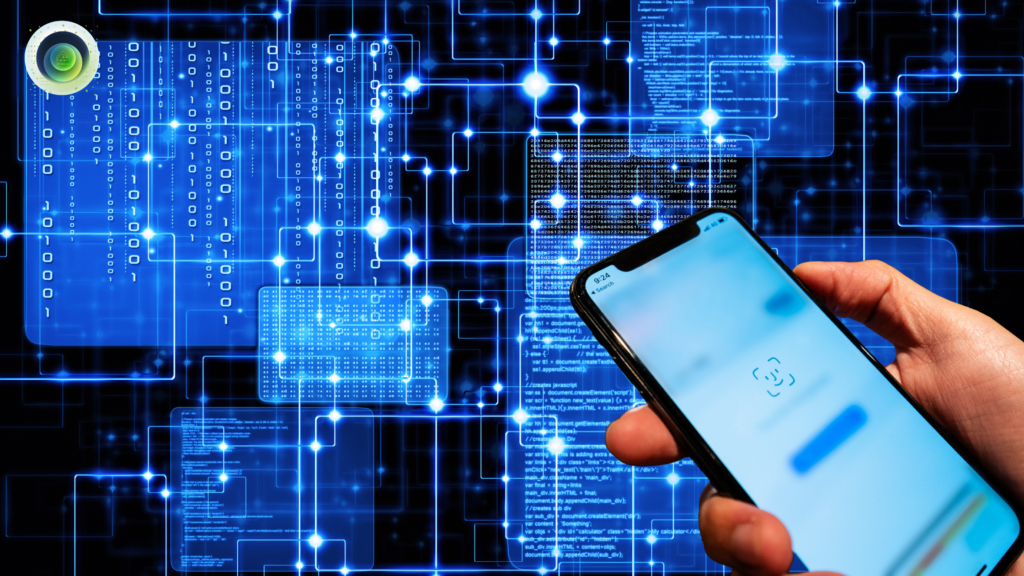1. Power payment introduction in Finland
In Finland, the power payment introduction process is one of the most advanced in Europe. The country has fully embraced digitalization, with most households and businesses paying electricity bills online. Customers typically receive electronic invoices, also known as e-invoices, directly through their banks or via mobile apps.
Energy companies such as Vaasan Sähkö have introduced digital billing options using platforms like Kivra or OmaPosti, allowing users to view and pay their bills quickly and securely (source: Vaasan Sähkö).
Research by LUT University explains that a Finnish electricity bill usually includes three sections: the amount of electricity consumed, the grid network cost, and government taxes (source: LUT University). This structure reflects the core goal of power payment introduction — to make costs transparent and easy to understand.
Finnish consumers mostly use credit cards, bank transfers, or direct debit payments. The strong banking infrastructure in Finland supports fast and secure transactions, showing how deeply integrated power payment introduction has become in everyday life (source: Bank of Finland).
2. Power payment introduction in Sweden and Norway
In Sweden and Norway, the development of power payment introduction has followed a similar digital path. Both countries are among the most cashless societies in the world, which makes electronic energy payments simple and efficient (source: Ingenico).
In Norway, the mobile payment application Vipps has become one of the most common ways to pay for various services, including energy bills. Vipps has merged with MobilePay, which operates in Finland and Denmark, further connecting the Nordic payment ecosystem (source: Wikipedia).
Customers in Sweden and Norway can choose between receiving one combined electricity bill or two separate ones — one from the supplier and another from the grid operator. This depends on the company and location (source: Nordic Energy Research). The goal of power payment introduction in these countries is to make billing simpler, more predictable, and more transparent for all users.
3. Comparison and key trends in power payment introduction
| Country | Common payment methods | Highlights of power payment introduction |
|---|---|---|
| Finland | E-invoice, bank transfer, card payment | Transparent billing and strong digital adoption |
| Sweden | Mobile and online payment | Highly cashless society with simple e-billing |
| Norway | Mobile apps such as Vipps | Convenient integration with daily financial tools |
Across the Nordic countries, several major trends define the progress of power payment introduction:
-
Electronic billing and automatic payments have become standard, minimizing missed or delayed payments.
-
Mobile apps and digital wallets are increasingly popular, allowing users to check, pay, and track energy bills in real time.
-
Transparency in cost breakdowns helps consumers understand their consumption and encourages energy-efficient behavior.
-
Integration with smart services, such as electric vehicle charging or home energy monitoring, expands the scope of power payment introduction beyond traditional electricity billing.
4. The role of KotiCharge in power payment introduction
KotiCharge plays an important role in advancing power payment introduction, especially in the field of electric vehicle (EV) charging. As a smart charging platform for both homes and businesses, KotiCharge provides automated payment solutions that make charging simple and transparent.
When a user charges their EV with KotiCharge, the system automatically calculates energy usage and the total cost, processes the payment, and issues a digital receipt. This allows consumers to track their charging expenses effortlessly.
KotiCharge’s integration of payment automation is a strong example of how power payment introduction connects energy management with mobility. It is not just about paying for electricity; it is about simplifying the entire user experience through technology and smart energy management.
5. What to consider when adopting power payment introduction
If you are implementing or using power payment introduction in Nordic countries, there are a few important points to keep in mind:
-
Understand the billing system. In Finland, customers may receive two separate bills — one from the electricity supplier and one from the network operator (source: Vihrea Energia).
-
Choose the payment method that best suits your needs. Whether through e-invoices, mobile apps, or card payments, select a method that allows easy control and tracking.
-
Take advantage of integrated smart services like KotiCharge if you use an EV or want to monitor energy costs more effectively.
-
Be aware of cost transparency — electricity, grid usage, and taxes should all be clearly presented (source: LUT University).
-
Use digital payment platforms for safety and convenience. The Nordic region’s move toward a cashless society strongly supports the success of power payment introduction (source: Ingenico).
6. Conclusion
The experience of Finland, Sweden, and Norway shows how power payment introduction can transform the way people manage electricity payments. With e-invoicing, automatic payments, and integration with smart systems like KotiCharge, the Nordic region is setting an example for efficient, digital, and transparent power management.
As energy systems continue to evolve, power payment introduction will play a crucial role in improving both user convenience and environmental sustainability.




Lisää artikkeleita
Miten KotiCharge auttaa jakamaan tehomaksu oikeudenmukaisesti ja välttämään tehomaksu
Miten KotiCharge-hallintapaneeli auttaa havaitsemaan latauslaitteen varhaiset viat
How KotiCharge Dashboard Helps to Notify Early Malfunctioning Signal of the Charger